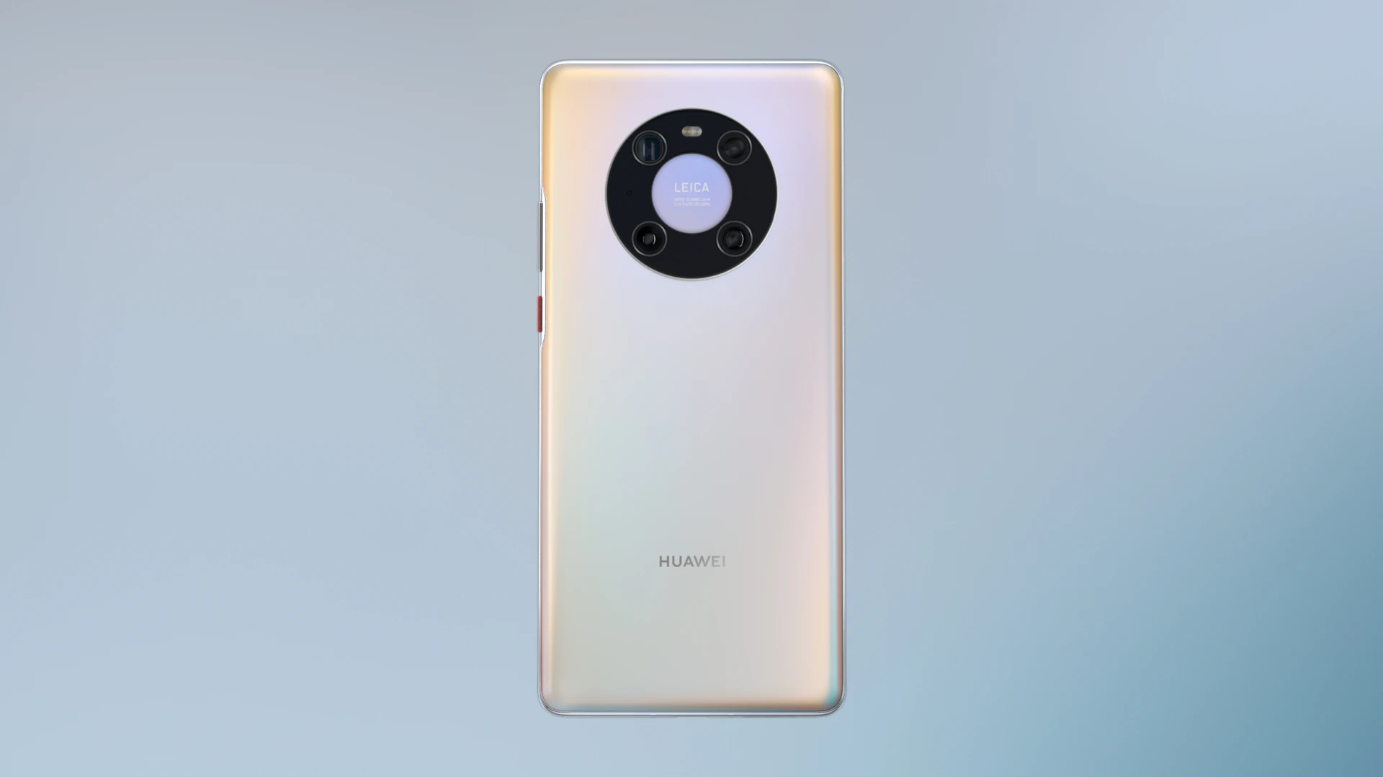Featured
Photo blues? See the best phone cameras of 2020
The Huawei Mate 40 Pro and Pro+ swept the key categories of DxOMark’s smartphone camera benchmarks conducted over the past year
Published on


The Huawei Mate 40 Pro and Pro+ swept the key categories of DxOMark’s smartphone camera benchmarks conducted over the past year
Ultra-wide cameras have to strike a balance between offering a wide field of view and general image quality characteristics such as texture/noise, sharpness across the frame, and vignetting. With a wide score of 53, the Xiaomi Mi 10 Ultra is better at balancing these factors than than all of its competitors that have been tested.
With a measured 35 mm-equivalent focal length of 12.5 mm, the Mi 10 Ultra not only offers the widest ultra-wide camera we have seen, it also gets all image quality basics right, delivering very good target exposure and a wide dynamic range, as well as pleasant color. Xiaomi uses a comparatively weak distortion correction. As a result, sharpness is pretty good even in the corners but, some distortion is still visible. Detail and noise are not on the same level as a good primary camera, but are good for an ultra-wide, and image artifacts such as ringing and chromatic aberrations are under control.
All this makes the Xiaomi the top option for photographers who love super-wide-angle images. There are slightly better options in terms of texture/noise and dynamic range (for example, most recent Huawei high-end phones) but none of them come close to the Mi 10 Ultra’s mega-wide field of view.
Also consider:
With 52 points the Huawei Mate 40 Pro+ is the current number two in the Wide category. It comes with an important improvement over previous high-end Huawei devices. The field of view has increased noticeably from 18 to 14 mm. Combined with well-controlled noise and good detail, that makes for one of the very best ultra-wides tested.
| Thank you for Signing Up |




